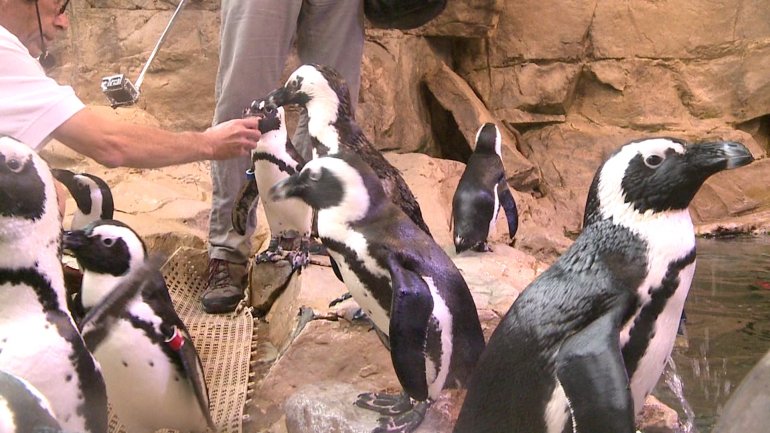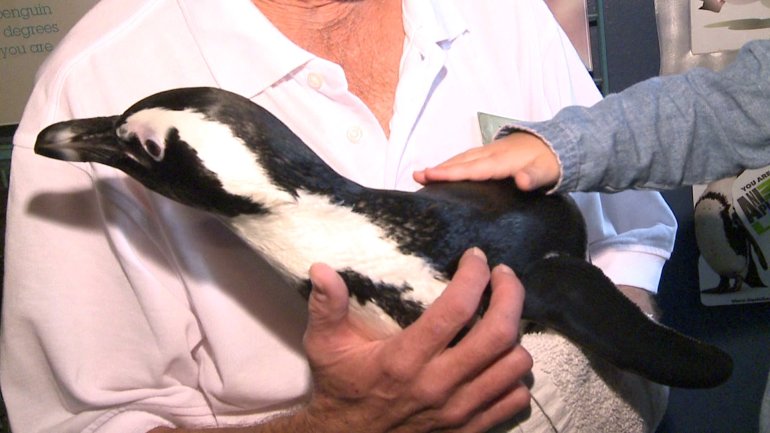Today is January 20th, and while every four years we know this day as Inauguration Day, it is also World Penguin Appreciation Day. While we may thing of the words: cute, wet, wild, and fun when talking about penguins, what most people don’t realize is that some penguin species are endangered.
At the Audubon Institute’s Aquarium of the America’s, African penguins do a great job and looking cool and enjoying life, but they also serve as ambassadors for their friend’s in the wild. Unfortunately that population is rapidly decreasing.

Emily Callahan, an aviculturalist with the aquarium, tells us that over the past 30 years alone, the African penguin’s population in the wild has dropped 60%. A staggering loss in such a short amount of time. In fact, today’s population is only 2% of what it once was. That’s right… just two percent.
The reason is habitat and food supply losses due to human activity. Coastal areas in South America and Namibia, where the African penguin lives, are increasingly being over-fished of the Cape Anchovy. This anchovy is the African penguins main source of food in the wild. With over-fishing, the penguins are forced to go farther and farther for food which is unfortunately leading to starvation.

The good news is that there are a few things you can do to help. Start off by choosing sustainable seafood options. By choosing sustainability, you aren’t affect the health and habitats of other animals who rely on seafood to survive. Another option is to choose local seafood. By choosing seafood in your own backyard, you diminish the demand from other areas of the globe which may in turn diminish over-fishing and give the penguins and other animals less competition for their food.
Can’t get enough penguins? Click here for the Aquarium of the America’s penguin-cam to see our own African penguins 24/7.
























